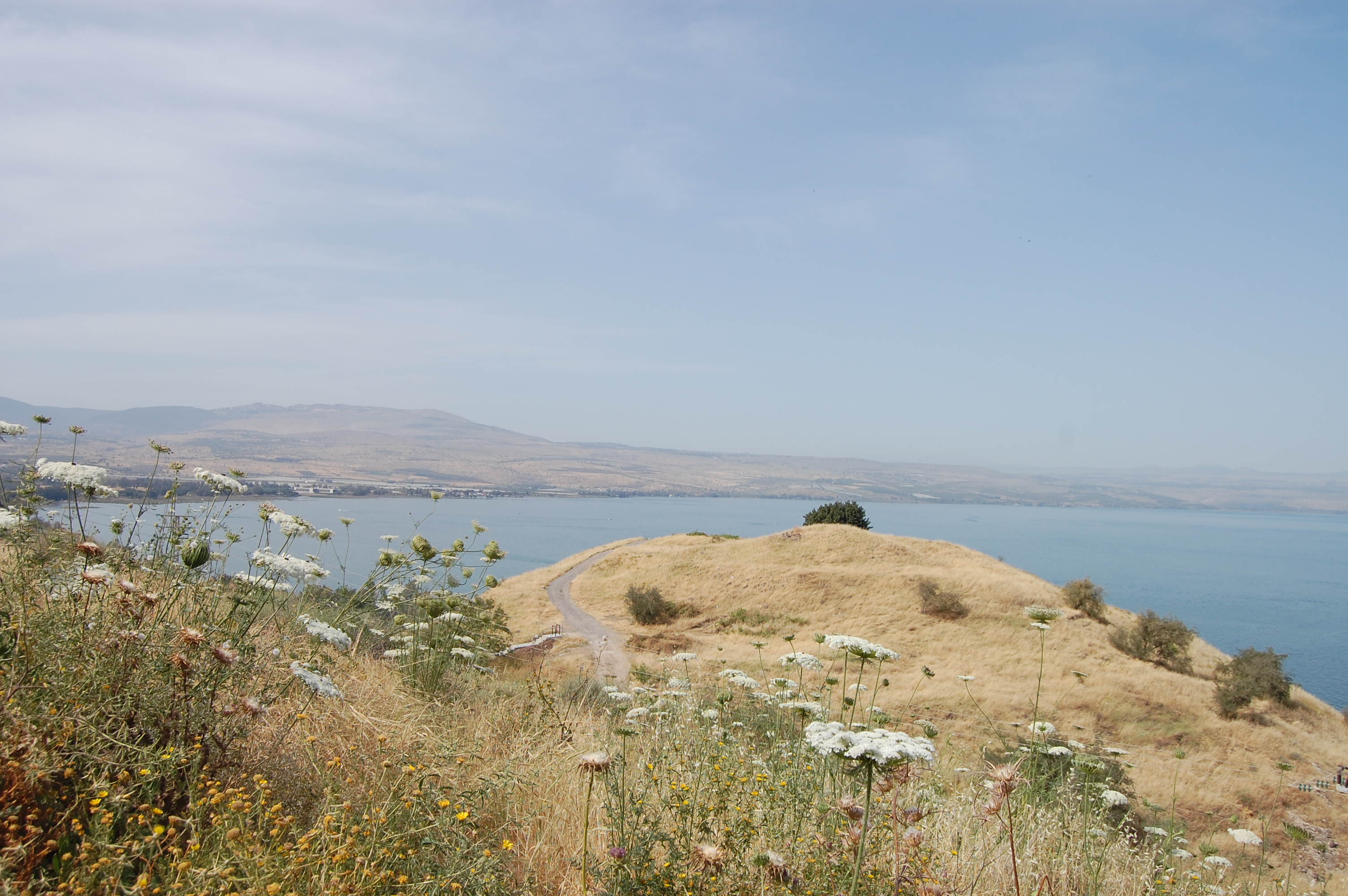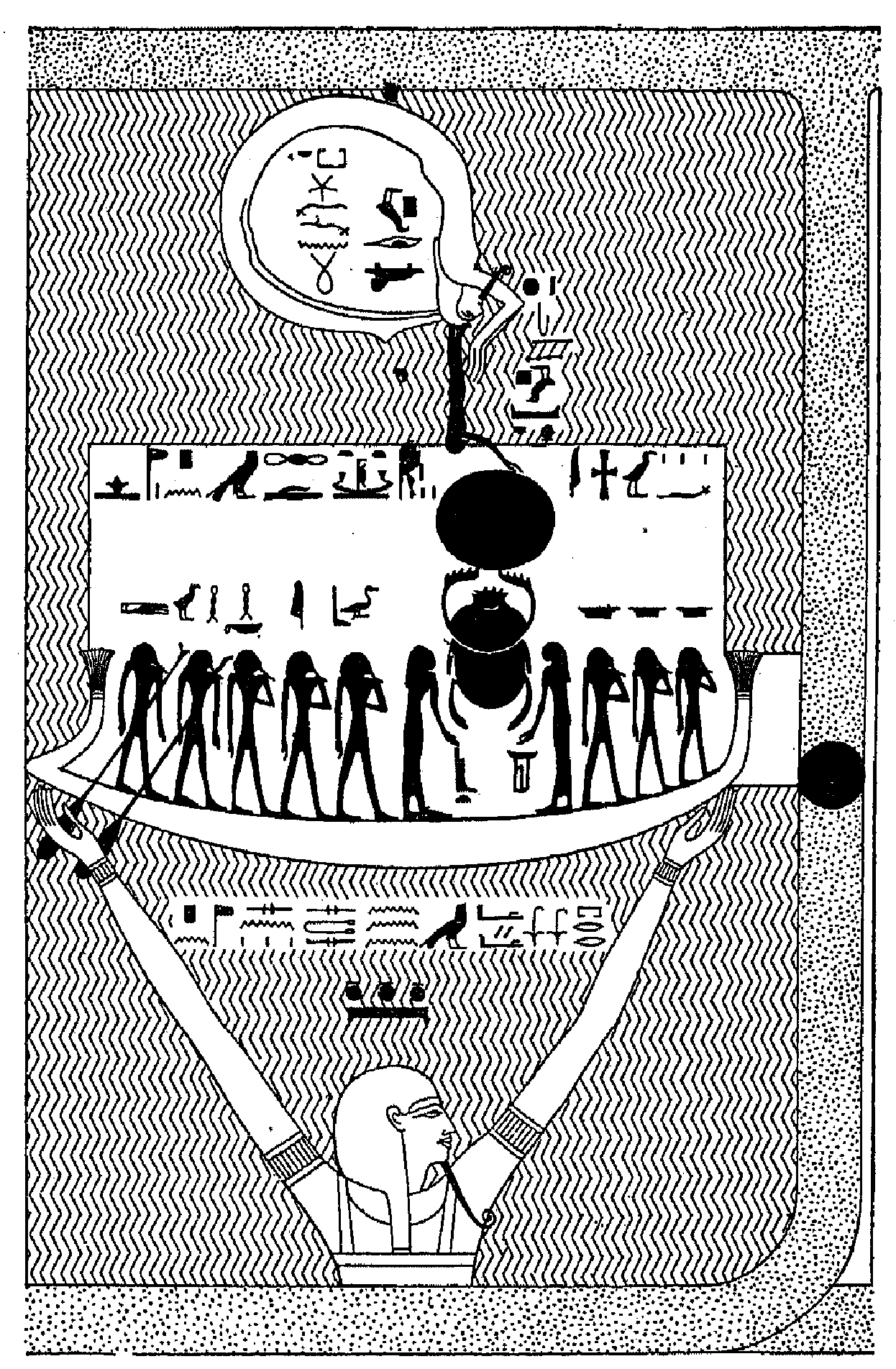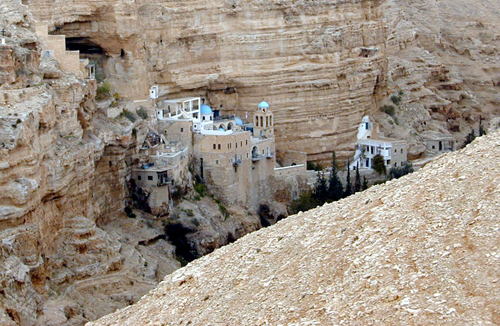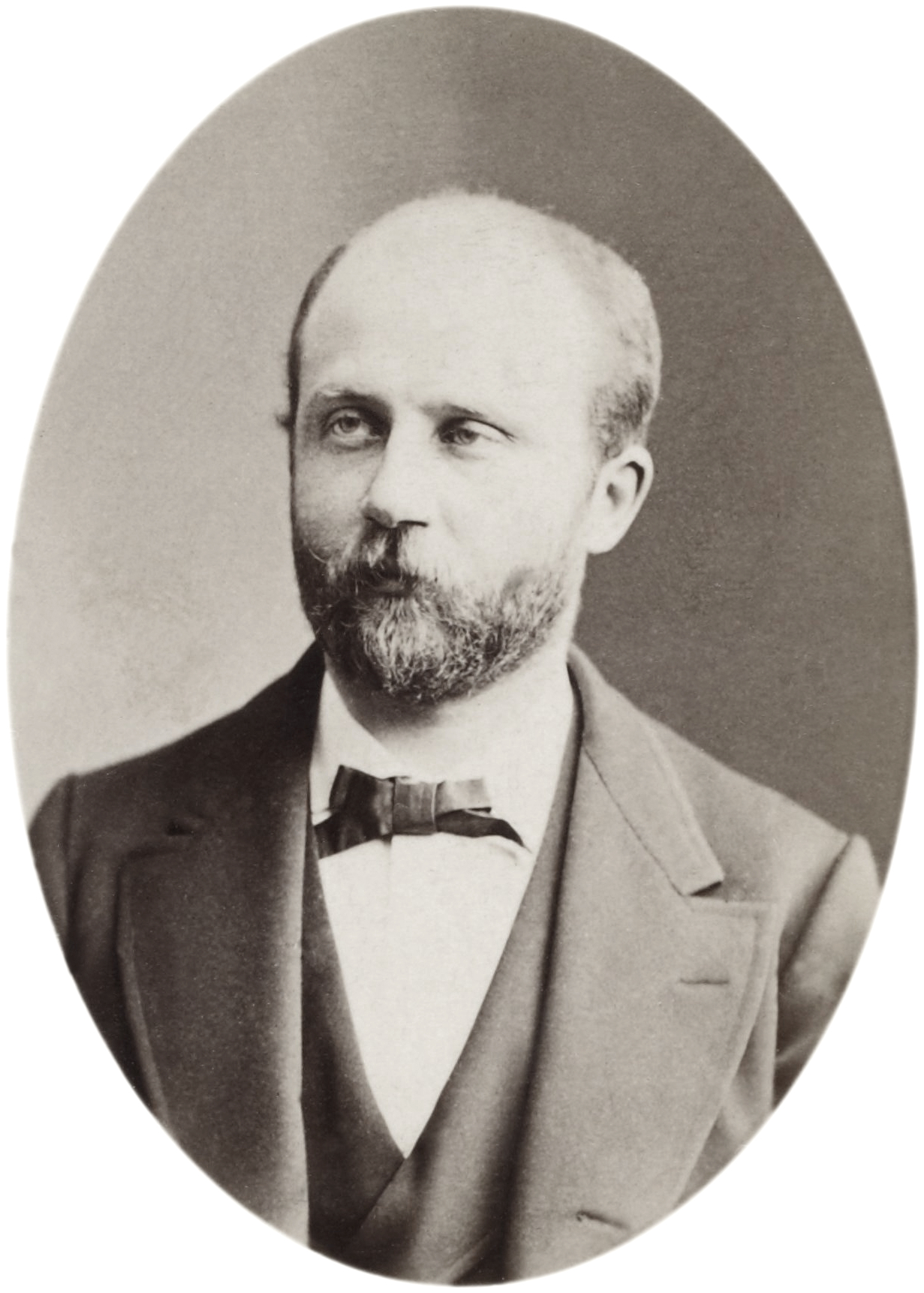|
Adummim
Adummim ( he, אֲדֻמִּים) is a place-name mentioned in the biblical Book of Joshua in connection with the ascent of Adummim. Location Adummim was apparently on the road between Jerusalem and Jericho in the Judaean desert, today in the West Bank. It is mentioned in the Book of Joshua (, ) as being "on the south side of the stream", which Matthew Easton (1897) identified with Wadi Kelt, and across from Gilgal or/and Geliloth. Easton claimed that it was nearly halfway between Jerusalem and Jericho, and now bears the name of Tal'at ed-Dumm. More recently, Pekka Pitkänen (2010) has stated that "The location of Adummim is unclear." The "ascent of Adummim" is a very important historical road that leads up from Jericho towards Jerusalem, following the top of a ridge that forms the southern bank of Wadi Qelt and separates it from Wadi Tal'at ad-Damm. Name The name Adummim is related to ''adom'', the Hebrew word for "red", and can be translated as "red places", which may refer ... [...More Info...] [...Related Items...] OR: [Wikipedia] [Google] [Baidu] |
Inn Of The Good Samaritan
The Inn of the Good Samaritan is a national park, museum, ancient archaeological site and former inn administered by the Israel Nature and Parks Authority located near Ma'ale Adumim, halfway between Jerusalem and Jericho, at an elevation of 298 meters above sea level. The Inn is named after the New Testament's Parable of the Good Samaritan, and houses a museum of ancient mosaics and other archaeological findings mostly dating from the 4th-7th centuries that were collected from churches and Jewish and Samaritan synagogues from the West Bank and from the ancient Gaza synagogue. Beginning in biblical times, Jewish pilgrims from the Galilee took the nearby Jerusalem-Jericho road to worship at the Temple in Jerusalem. In later times, Christian pilgrims used the road to reach the baptismal site of Jesus on the Jordan River, near Jericho. The area of the Inn of the Good Samaritan was repeatedly fortified, and traveller-inns were built a little below the hilltop. This is reflecte ... [...More Info...] [...Related Items...] OR: [Wikipedia] [Google] [Baidu] |
Wadi Qelt
Wadi Qelt ( ar, وادي القلط; Qelt is also spelled Qilt and Kelt, sometimes with the Arabic article, el- or al-), in Hebrew Nahal Prat ( he, נחל פרת), formerly Naḥal Faran (Pharan brook), is a valley, riverine gulch or stream ( ar, وادي ', "wadi"; he, נחל, "nahal") in the West Bank, originating near Jerusalem and running into the Jordan River near Jericho, shortly before it flows into the Dead Sea. The wadi attracts with a number of natural, biblical, and archaeological highlights: a well preserved natural environment with a rich wild bird population. Geography The stream flowing eastwards down the valley that cuts through the limestone of the Judean Mountains, has three perennial springs, each with an Arabic and Hebrew name: 'Ayn Farah/En Prat, the largest one at the head of the valley; 'Ayn Fawar/En Mabo'a in the centre; and the single-named Qelt spring a little farther down. In Hebrew the entire stream is called Prat; in Arabic thou ... [...More Info...] [...Related Items...] OR: [Wikipedia] [Google] [Baidu] |
Wadi Kelt
Wadi Qelt ( ar, وادي القلط; Qelt is also spelled Qilt and Kelt, sometimes with the Arabic article, el- or al-), in Hebrew Nahal Prat ( he, נחל פרת), formerly Naḥal Faran (Pharan brook), is a valley, riverine gulch or stream ( ar, وادي ', "wadi"; he, נחל, "nahal") in the West Bank, originating near Jerusalem and running into the Jordan River near Jericho, shortly before it flows into the Dead Sea. The wadi attracts with a number of natural, biblical, and archaeological highlights: a well preserved natural environment with a rich wild bird population. Geography The stream flowing eastwards down the valley that cuts through the limestone of the Judean Mountains, has three perennial springs, each with an Arabic and Hebrew name: 'Ayn Farah/En Prat, the largest one at the head of the valley; 'Ayn Fawar/En Mabo'a in the centre; and the single-named Qelt spring a little farther down. In Hebrew the entire stream is called Prat; in Arabic though, ... [...More Info...] [...Related Items...] OR: [Wikipedia] [Google] [Baidu] |
West Bank
The West Bank ( ar, الضفة الغربية, translit=aḍ-Ḍiffah al-Ġarbiyyah; he, הגדה המערבית, translit=HaGadah HaMaʽaravit, also referred to by some Israelis as ) is a landlocked territory near the coast of the Mediterranean Sea, Mediterranean in Western Asia that forms the main bulk of the Palestinian territories. It is bordered by Jordan and the Dead Sea to the east and by Israel (see Green Line (Israel), Green Line) to the south, west, and north. Under Israeli occupation of the West Bank, an Israeli military occupation since 1967, its area is split into 165 Palestinian enclaves, Palestinian "islands" that are under total or partial civil administration by the Palestinian National Authority (PNA), and 230 Israeli settlements into which Israeli law in the West Bank settlements, Israeli law is "pipelined". The West Bank includes East Jerusalem. It initially emerged as a Jordanian-occupied territory after the 1948 Arab–Israeli War, before being Jordani ... [...More Info...] [...Related Items...] OR: [Wikipedia] [Google] [Baidu] |
List Of Minor Biblical Places
This is a list of places mentioned in the Bible, which do not have their own Wikipedia articles. See also the list of biblical places for locations which do have their own article. A Abana Abana, according to 2 Kings 5:12, was one of the "rivers of Damascus", along with the Pharpar river. Abdon Abdon was a Levitical city in Asher allocated to the Gershonites according to Joshua 21:30 and 1 Chronicles 6:74. Abel-Shittim Abel-Shittim, the last Israelite encampment before crossing into the Promised Land, is identified by Josephus with Abila in Peraea, probably the site of modern Tell el-Hammam in Jordan. Adam Adam was a location which, according to Joshua 3:16, was along the Jordan River, near Zarethan. According to Cheyne and Black, it may be a scribal error for "Adamah". Adadah Adadah is the name of a town mentioned in Joshua 15:22, in a list of towns inside the territory of the Tribe of Judah. The name "Adadah" appears nowhere else in the Bible."Adadah", in According to t ... [...More Info...] [...Related Items...] OR: [Wikipedia] [Google] [Baidu] |
John Murray (publishing House)
John Murray is a British publisher, known for the authors it has published in its long history including, Jane Austen, Sir Arthur Conan Doyle, Lord Byron, Charles Lyell, Johann Wolfgang von Goethe, Herman Melville, Edward Whymper, Thomas Malthus, David Ricardo, and Charles Darwin. Since 2004, it has been owned by conglomerate Lagardère under the Hachette UK brand. Business publisher Nicholas Brealey became an imprint of John Murray in 2015. History The business was founded in London in 1768 by John Murray (1737–1793), an Edinburgh-born Royal Marines officer, who built up a list of authors including Isaac D'Israeli and published the ''English Review''. John Murray the elder was one of the founding sponsors of the London evening newspaper ''The Star'' in 1788. He was succeeded by his son John Murray II, who made the publishing house important and influential. He was a friend of many leading writers of the day and launched the ''Quarterly Review'' in 1809. He was the pub ... [...More Info...] [...Related Items...] OR: [Wikipedia] [Google] [Baidu] |
Ludwig Borchardt
Ludwig may refer to: People and fictional characters * Ludwig (given name), including a list of people and fictional characters * Ludwig (surname), including a list of people * Ludwig Ahgren, or simply Ludwig, American YouTube live streamer and content creator Arts and entertainment * ''Ludwig'' (cartoon), a 1977 animated children's series * ''Ludwig'' (film), a 1973 film by Luchino Visconti about Ludwig II of Bavaria * '' Ludwig: Requiem for a Virgin King'', a 1972 film by Hans-Jürgen Syberberg about Ludwig II of Bavaria * "Ludwig", a 1967 song by Al Hirt Other uses * Ludwig (crater), a small lunar impact crater just beyond the eastern limb of the Moon * Ludwig, Missouri, an unincorporated community in the United States * Ludwig Canal, an abandoned canal in southern Germany * Ludwig Drums, an American manufacturer of musical instruments * ''Ludwig'' (ship), a steamer that sank in 1861 after a collision with the '' Stadt Zürich'' See also * Ludewig * Ludvig * Ludwik * Ludwick ... [...More Info...] [...Related Items...] OR: [Wikipedia] [Google] [Baidu] |
Wallis Budge
Sir Ernest Alfred Thompson Wallis Budge (27 July 185723 November 1934) was an English Egyptologist, Orientalist, and philologist who worked for the British Museum and published numerous works on the ancient Near East. He made numerous trips to Egypt and the Sudan on behalf of the British Museum to buy antiquities, and helped it build its collection of cuneiform tablets, manuscripts, and papyri. He published many books on Egyptology, helping to bring the findings to larger audiences. In 1920, he was knighted for his service to Egyptology and the British Museum. Earlier life E. A. Wallis Budge was born in 1857 in Bodmin, Cornwall, to Mary Ann Budge, a young woman whose father was a waiter in a Bodmin hotel. Budge's father has never been identified. Budge left Cornwall as a boy, and eventually came to live with his maternal aunt and grandmother in London. Budge became interested in languages before he was ten years old, but left school at the age of twelve in 1869 to work as a ... [...More Info...] [...Related Items...] OR: [Wikipedia] [Google] [Baidu] |
Good Samaritan
In most contexts, the concept of good denotes the conduct that should be preferred when posed with a choice between possible actions. Good is generally considered to be the opposite of evil and is of interest in the study of ethics, morality, philosophy, and religion. The specific meaning and etymology of the term and its associated translations among ancient and contemporary languages show substantial variation in its inflection and meaning, depending on circumstances of place and history, or of philosophical or religious context. History of Western ideas Every language has a word expressing ''good'' in the sense of "having the right or desirable quality" ( ἀρετή) and ''bad'' in the sense "undesirable". A sense of moral judgment and a distinction "right and wrong, good and bad" are cultural universals. Plato and Aristotle Although the history of the origin of the use of the concept and meaning of "good" are diverse, the notable discussions of Plato and Aristotle on ... [...More Info...] [...Related Items...] OR: [Wikipedia] [Google] [Baidu] |
Monastery Of Saints John And George Of Choziba
The Monastery of Saint George of Choziba ( ar, دير القديس جورج, el, Μονή Αγίου Γεωργίου του Χοζεβίτου), also known as Monastery of Choziba (or Hoziba) or Mar Jaris, is a monastery located in Wadi Qelt in Area C of the eastern West Bank, in the Jericho Governorate of the State of Palestine. The cliff-hanging complex, which emerged from a lavra established in the 420s and reorganised as a monastery around AD 500, with its ancient chapel and irrigated gardens, is active and inhabited by Greek Orthodox monks. It houses the relics of saint George of Choziba, after whom the monastery is named, as well as the relics of saint John of Choziba. The Monastery is reached by a pedestrian bridge across Wadi Qelt, which many believe to be Psalm 23's "valley of the shadow of death". The valley parallels the old Roman road to Jericho, the backdrop for the parable of the Good Samaritan (). The monastery is open to pilgrims and visitors. Established duri ... [...More Info...] [...Related Items...] OR: [Wikipedia] [Google] [Baidu] |
Gaston Maspero
Sir Gaston Camille Charles Maspero (23 June 1846 – 30 June 1916) was a French Egyptologist known for popularizing the term "Sea Peoples" in an 1881 paper. Maspero's son, Henri Maspero, became a notable sinologist and scholar of East Asia. Early life Gaston Maspero was born in Paris in 1846 to Adela Evelina Maspero, born in Milan in 1822, daughter of a Milanese printer, and of an unnamed father, but identified by family tradition with Camillo Marsuzi de Aguirre, Italian revolutionary on the run. He was educated at the Lycee Louis-le-Grand, Jesuit boarding school and university at the ''École normale''. While at school he showed a special taste for history and became interested in Egypt following a visit to the Egyptian galleries of the Louvre at the age of fourteen. At university he excelled in Sanskrit as well as hieroglyphics. It was while Maspero was in final year at the ''École normale'' in 1867 that friends mentioned his skills at reading hieroglyphics to Egyptologi ... [...More Info...] [...Related Items...] OR: [Wikipedia] [Google] [Baidu] |







